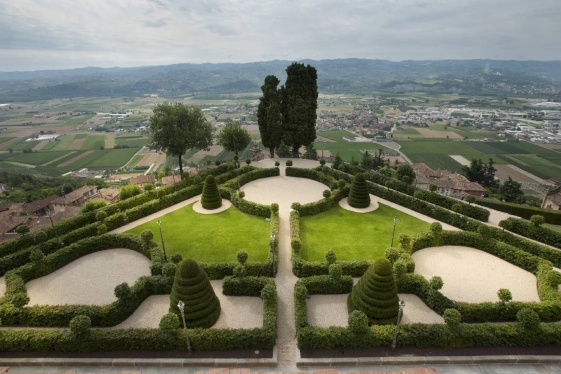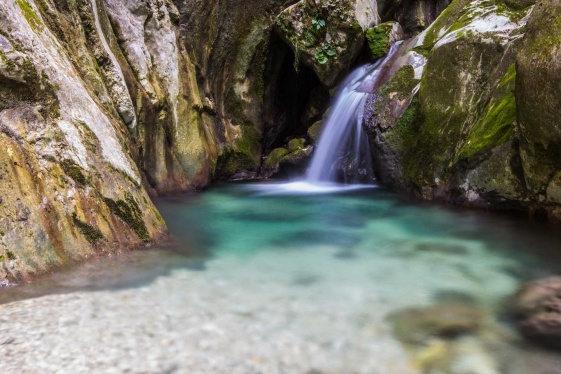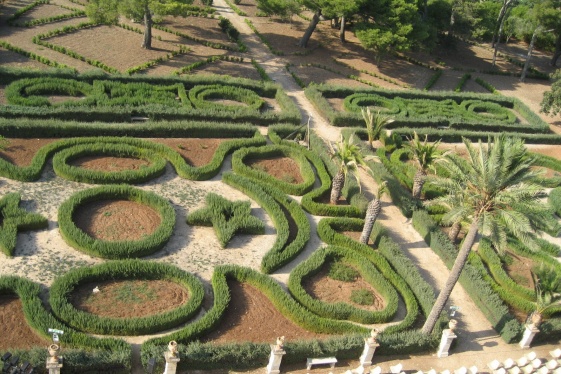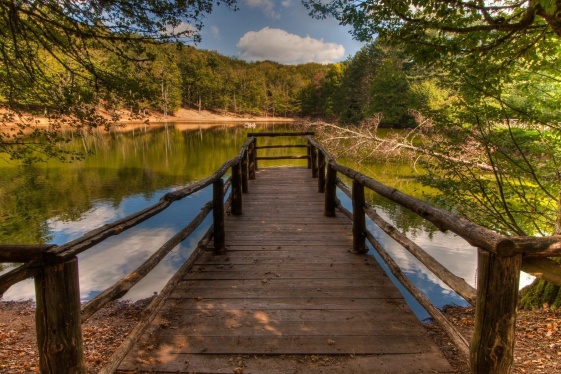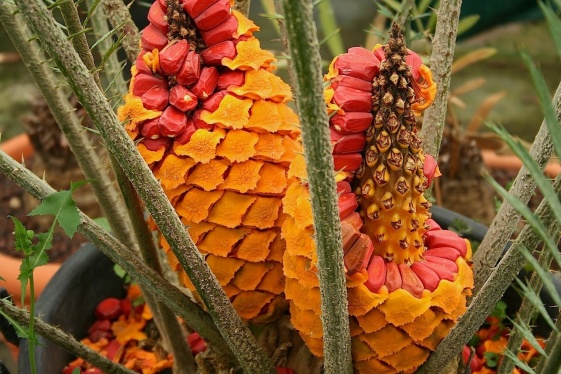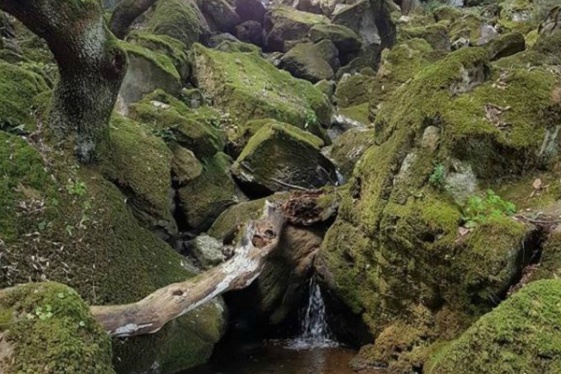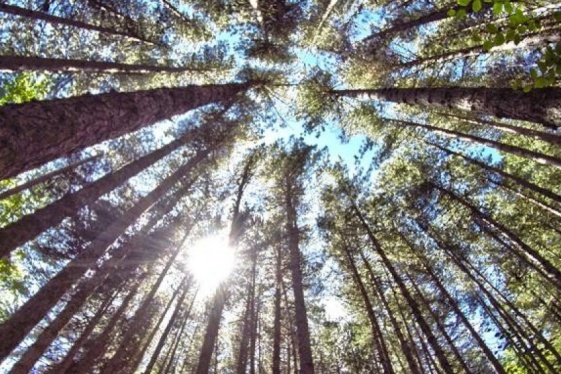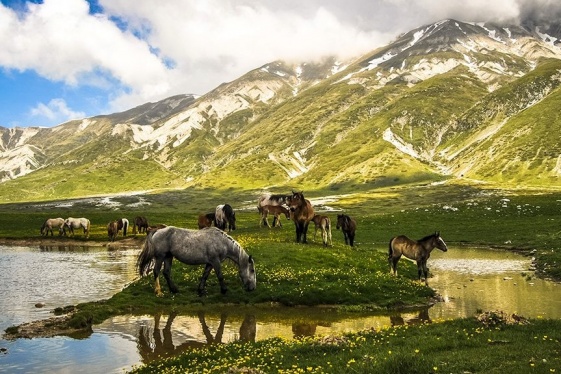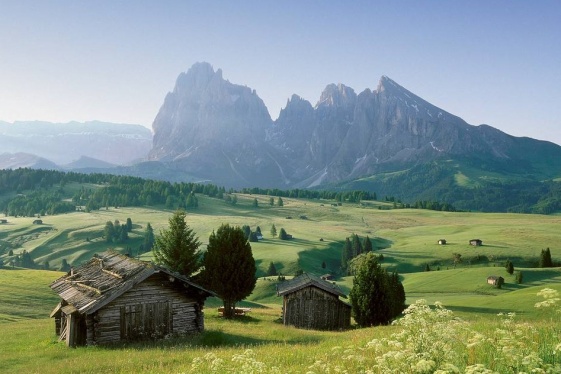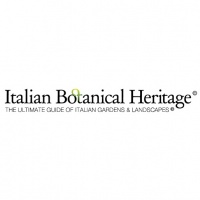
Italian Botanical Heritage
Italian Botanical Heritage is a project aimed at fostering the knowledge of the Italian botanical, artistic and cultural Italian heritage and the development of green tourism in Italy, and to become a virtual meeting platform between enthusiasts of this field.
Italian gardens: The park of the Guarene Castle
Immersed in the gentle landscape of the Langhe, the Castle of Guarene (Cuneo, in Piedmont) has existed since the Middle Ages, when it was a fortress. In 1700 it became the new summer residence of the Counts Roero: the current building was designed and built by Count Carlo Giacinto, between 1726 and 1772, who transformed it into an imposing three-st...
Italian gardens: Monte Cucco Park
The Monte Cucco Park includes the territory located on the north-eastern border of the Umbria Region, marked by the ridge of the Apennine mountains on which stands the Cucco (1,566 meters), the historical route of the Via Flaminia and the rivers Sentino and Chiascio. The population resident in the Park does not reach 7,000 inhabitants. In the mount...
Italian gardens: The Park of Donnafugata Castle
The Donnafugata Castle, almost 10 miles from Ragusa, is a sumptuous noble residence of the late '800, of 1,5 square miles, with a facade in neo-Gothic style accompanied by two side towers. The first construction of the castle dates back to 1300, but there are no certain dates. Later, it was purchased in 1648 by Vincenzo Arezzo-La Rocca, former baro...
Italian gardens: Grazzano Visconti Castle's Park
Grazzano Visconti is a medieval style village in the municipality of Vigolzone, in Val Nure, in the Piacenza area, Emilia Romagna. The heart of the village, private but open to the public, is the ancient castle, which dates back to 1395. It is surrounded by a large park of 15 hectares, built in the same period by Giuseppe Visconti, rich in ancient...
Italian Gardens: Italian gardens Umbra Forest
In Puglia, inside the Gargano area, lies the Umbra Forest, the heart of the park, at 832 meters. According to some sources, the name derives from ancient Umbra populations who lived in the forest. Much more likely, however, the name is due to the fact that the vegetation is so dense as to let the sun's rays pass just, so the environment is full of...
Italian Gardens: Boccanegra Garden, Liguria
At the northern end of Liguria, a few kilometers from the French border, is the Boccanegra Garden, 4 hectares of terraced land sloping down to the sea, an exquisite example of acclimatization of plants from Mediterranean climates from all around the world. The first traces of the territory date back to 1554, but it is especially in the last two ce...
Italian Gardens: Monte Arci Forest Complex
The "Monte Arci" forest complex, located on the homonymous volcanic massif, covers a total area of 5,985 hectares located on all sides of Monte Arci in Sardinia. Considering the geo-pedological and vegetational situation present in the complex, the natural vocation is multifunctional: naturalistic-landscape, conservative, productive and of social a...
Italian Gardens: Villa Caprile, Pesaro
Villa Caprile, situated on the hills of Pesaro (Marche), dates back to 1640: it was built by the Marquis Giovanni Mosca, for recreation and rest outside the city; in fact, he had water games designed to take visitors by surprise, with sudden splashes and jets. Subsequently, the Marquis Carlo Mosca Barzi and his son Francesco made other changes, inc...
Italian gardens: The Giants of Fallistro
The Guided Biogenetic Nature Reserve (RNGB) "I giganti di Fallistro" (The Giants of Fallistro) was established by the Ministry of the Environment in 1987 with the aim of safeguarding a strip of centuries-old larch pine wood on the Silan plateau, in the Calabria region. The territory of the Natural Reserve of Fallistro falls in the municipality of S...
Italian gardens: Villa Giusti Garden, Verona
The Giusti garden is located in Verona, just a few steps from the city center and close to the Roman theater. Commissioned by the Tuscan Giusti family, who moved to Verona in the 15th century, it is a splendid example of an Italian-style garden. In the second half of the 16th century, Count Agostino Giusti had the fields behind the palace, which at...
Italian gardens: Campo Imperatore Plateau
In Abruzzo, in the heart of the Gran Sasso massif, surrounded by some of the highest and most suggestive peaks of the Apennines, lies the Campo Imperatore plateau, nicknamed the Tibet of Abruzzo. The origin of this wide flat valley is to be found in the long work of floods and glaciers, which have gently shaped the morphology of the slope, giving s...
Italian gardens: Alpe di Siusi and Sciliar Nature Park
The Alpe di Siusi is one of the largest plateaus in Europe, which extends for 184,000 square feet. With the lowest point at an altitude of 6,069 ft and the highest at 7,709 ft above sea level, it is the largest of the Italian pastures. Reachable by cable car and through a single road, is devoid of villages but there are tourist facilities and shelt...



